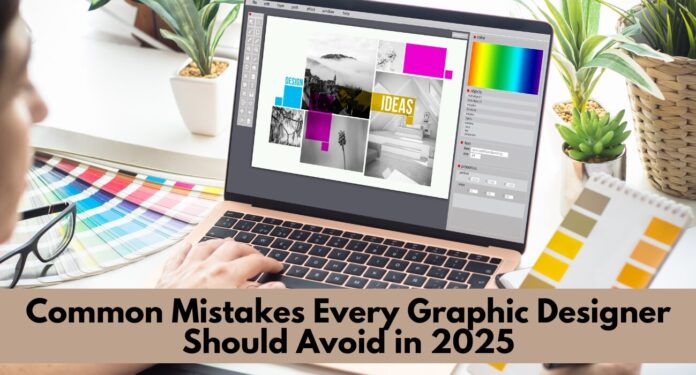As we venture into 2025, the graphic design landscape continues to evolve, driven by advancements in technology and shifts in consumer preferences. Whether you are a seasoned designer or just starting, understanding common pitfalls in the field can significantly enhance your work’s impact and effectiveness. Here’s a guide to some of the most common mistakes Graphic Designer jobs professionals should avoid this year.
Ignoring the Basics of Composition
Overlooking Grid Systems
One fundamental mistake designers make is neglecting grid systems. Grids provide a structural basis for a design, ensuring that elements are aligned and balanced. This is crucial for creating visually appealing and logically organized designs. In 2025, with more complex screen sizes and formats, using a grid system is indispensable for maintaining consistency across different platforms.
Poor Use of White Space
White space, or negative space, is a powerful component in graphic design. It helps to create a focus point and improves readability. A common error is cluttering a design with too much information, which can overwhelm the viewer. Effective use of white space can guide the viewer’s eye and make the content more digestible.
Failing to Keep Up with Current Trends
Sticking to Outdated Fonts and Colors
Graphic design is dynamic, with trends in fonts and color palettes constantly evolving. Using outdated elements can make your designs look stale and unappealing. For 2025, it’s essential to stay updated with the latest design trends and integrate contemporary fonts and colors that resonate with current audiences.
Ignoring Technological Advancements
As new technologies emerge, they often bring new design capabilities and tools. Virtual reality (VR), augmented reality (AR), and AI-generated designs are on the rise. Designers who fail to incorporate these technologies might find their work becoming irrelevant. Embrace these innovations to stay ahead in the game and meet the expectations of tech-savvy clients.
Overlooking the Importance of Mobile Optimization
Designing Only for Desktop
With the increasing use of mobile devices to access information, designing solely for desktop screens is a significant oversight. Mobile optimization involves ensuring that graphics and layouts are responsive and adapt well to smaller screens. In 2025, mobile-first design is not just recommended; it’s essential.
Neglecting Touchscreen Functionality
Another common mistake is designing interfaces without considering touchscreen functionality. Interactive elements need to be easily accessible and touch-friendly. This includes making buttons large enough to tap and spacing them adequately to prevent accidental presses.
Underestimating the Value of User-Centered Design
Designing Without User Feedback
Creating designs in a vacuum without user input can lead to products that don’t meet user needs or expectations. Involving users in the design process through surveys, interviews, and usability tests can provide valuable insights that shape more effective and appealing designs.
Ignoring Accessibility
Accessibility should be a priority, not an afterthought. Failing to design for all potential users, including those with disabilities, can alienate a significant portion of your audience. Use sufficient contrast, scalable text, and accessible navigation to ensure your designs are usable by everyone.
Compromising on Professionalism
Inconsistent Branding
Inconsistent use of design elements such as logos, colors, and fonts can confuse your audience and dilute your brand identity. Ensure that all materials produced are cohesive and strengthen the brand’s visual narrative.
Skipping Proofreading
Even the most visually stunning design can be undermined by typographical errors. Always proofread your work or have another set of eyes review it to catch any mistakes before the design goes public.
Conclusion
Avoiding these common mistakes can dramatically improve the quality and effectiveness of your graphic designs in 2025. By embracing new technologies, adhering to design fundamentals, and focusing on user experience, you can create work that not only looks great but also performs well across all platforms and meets the needs of a diverse audience. Remember, the best designers are those who continuously learn from the past and innovate for the future.



